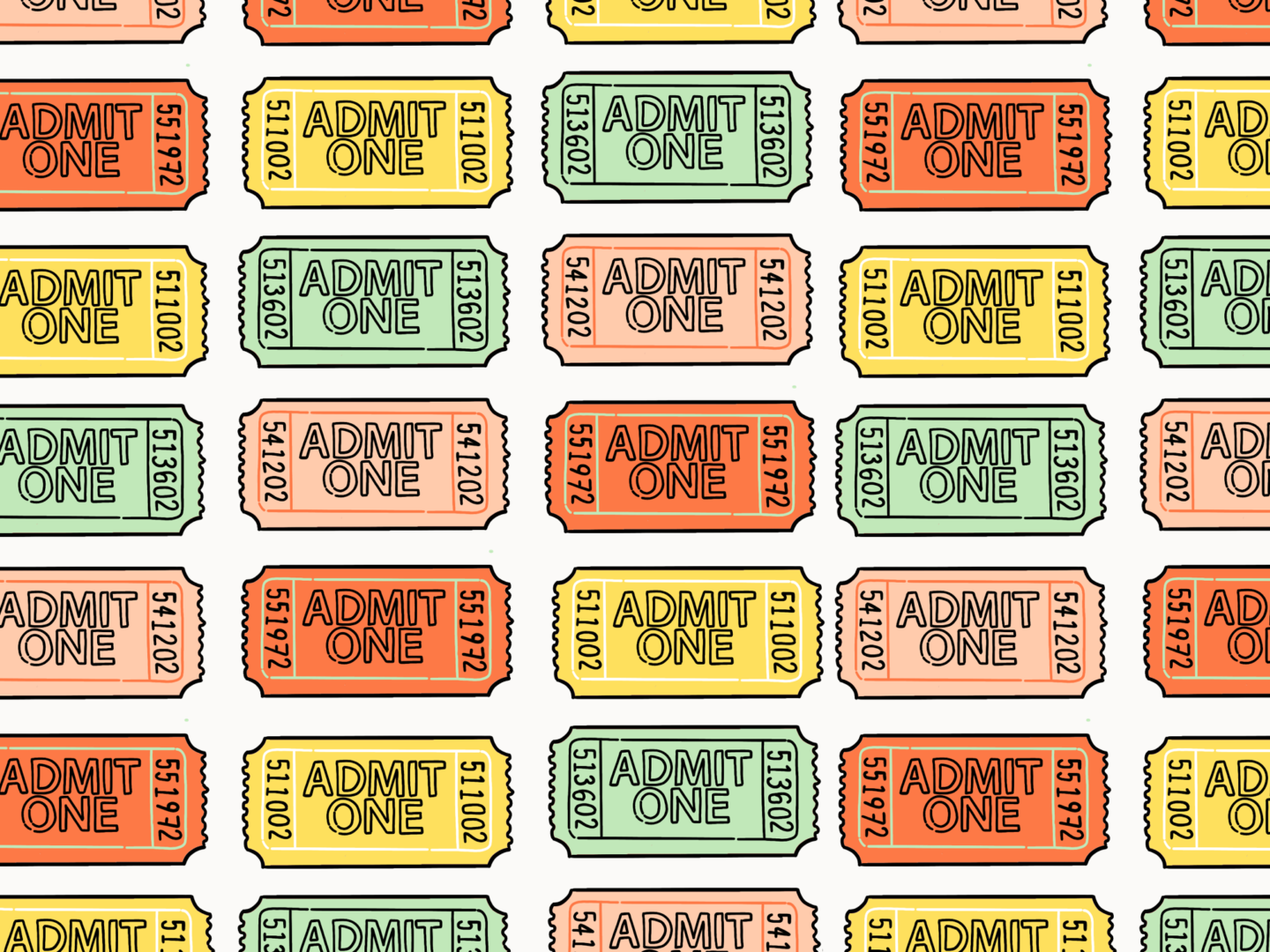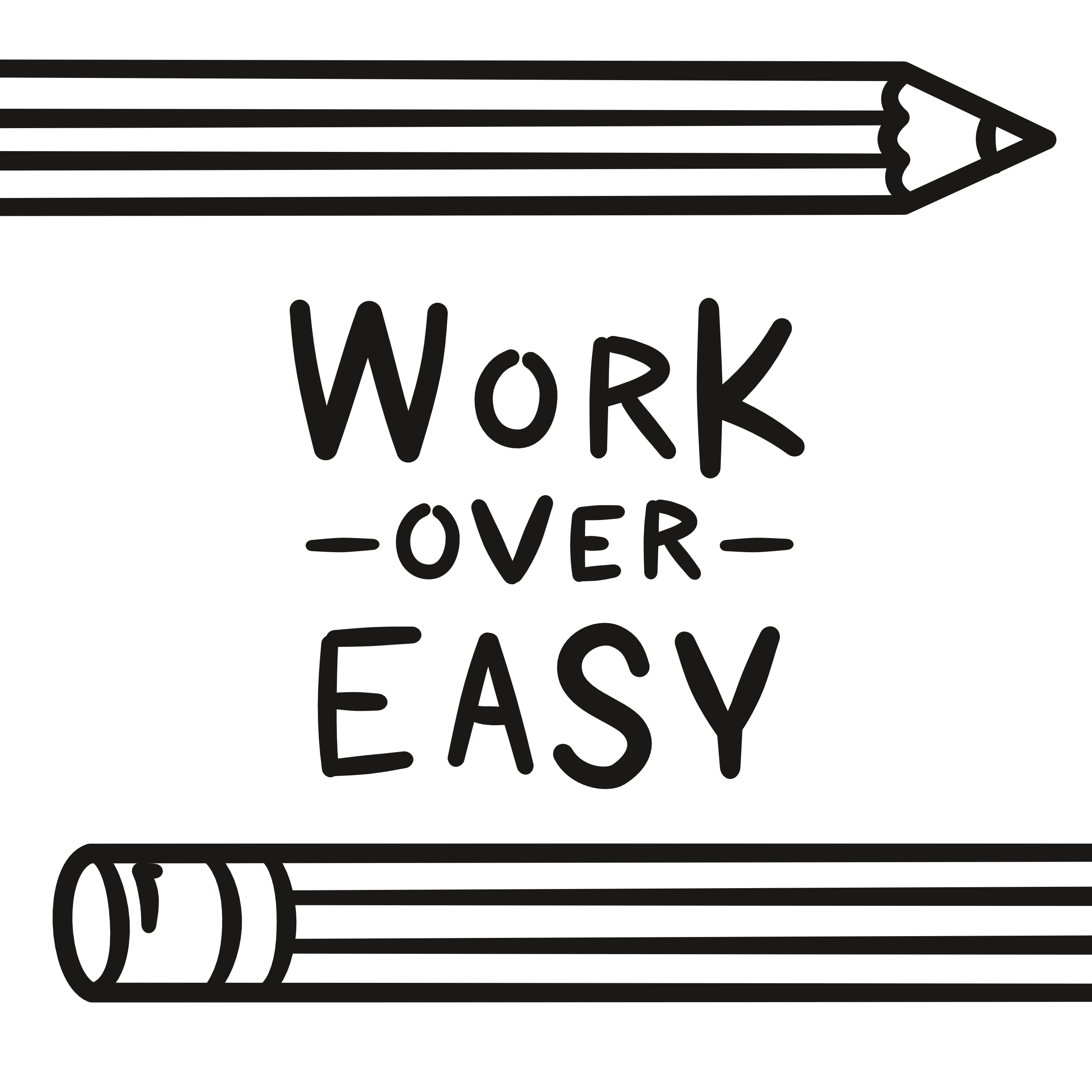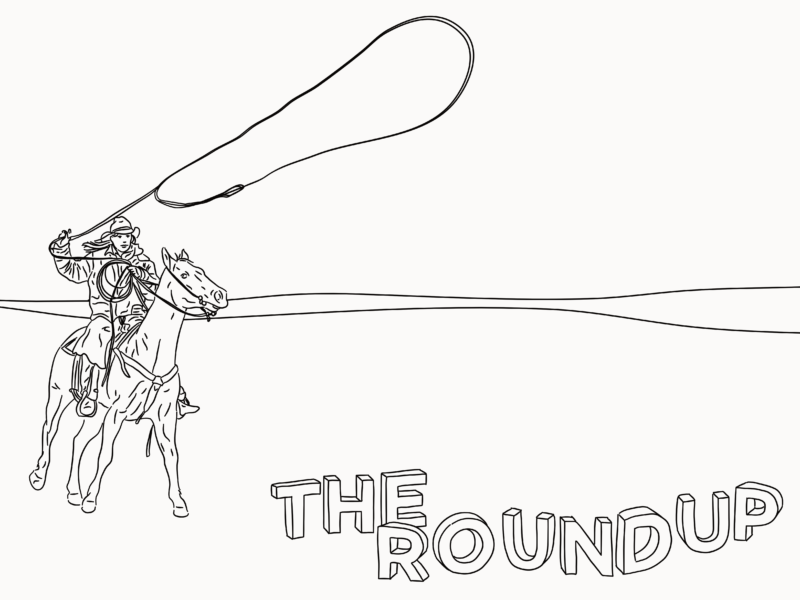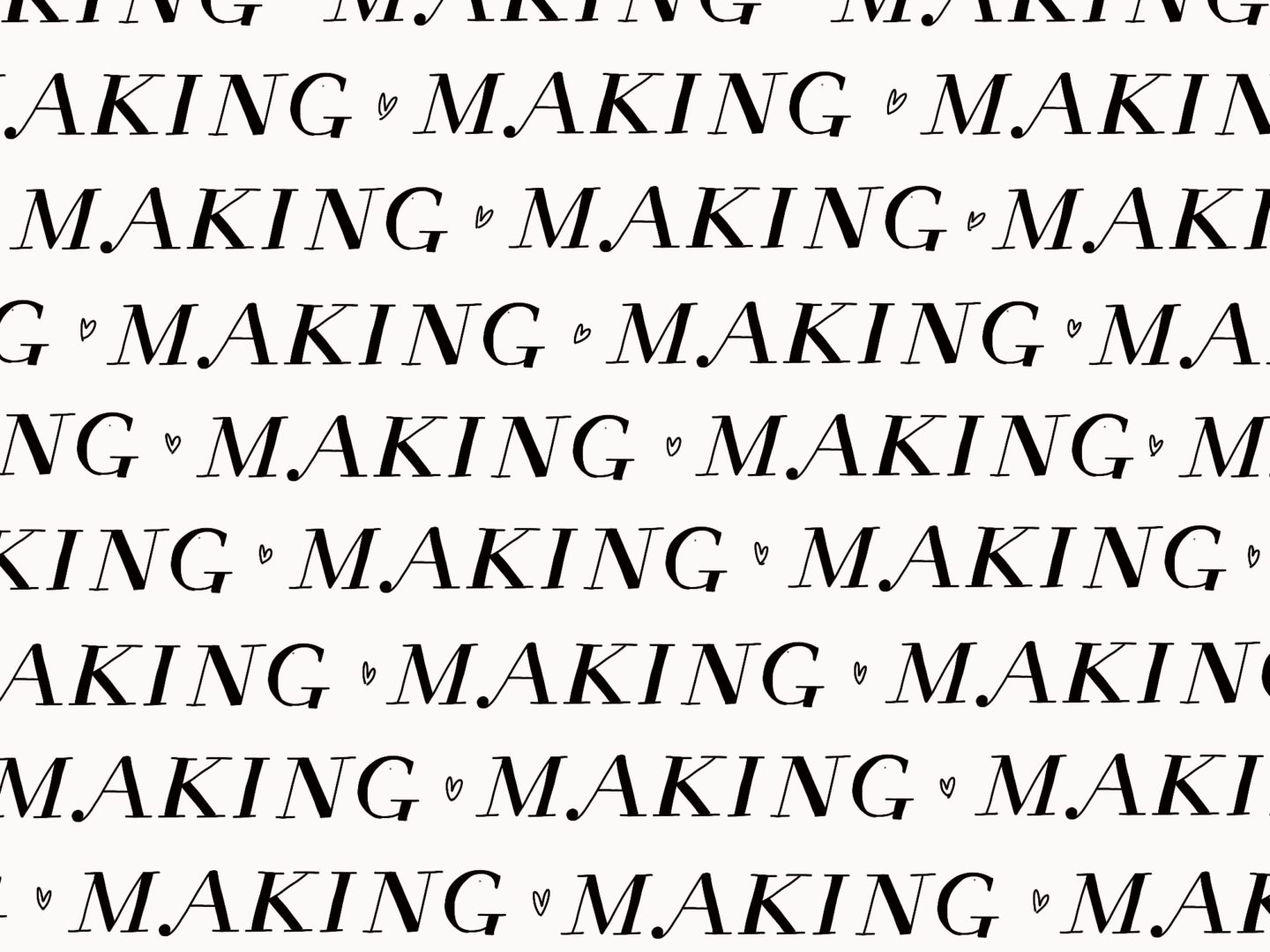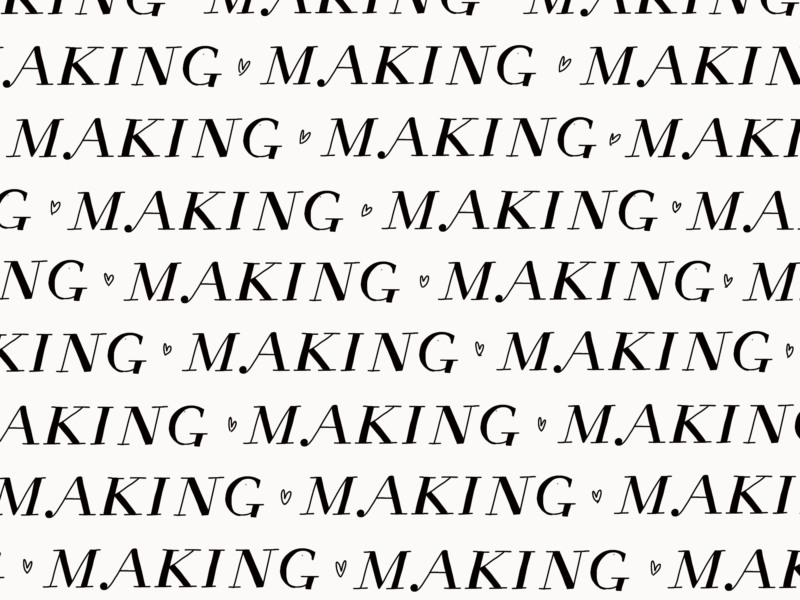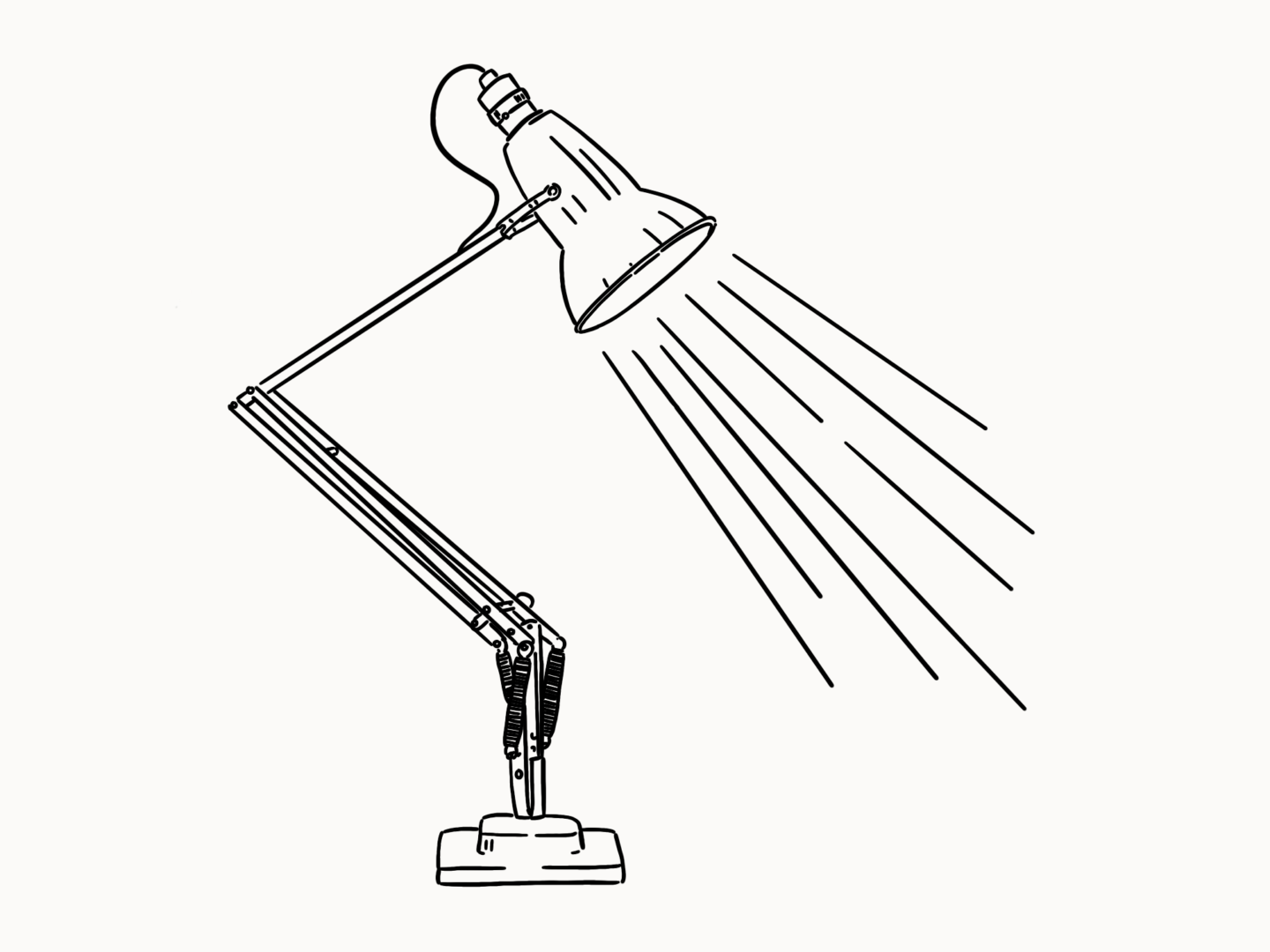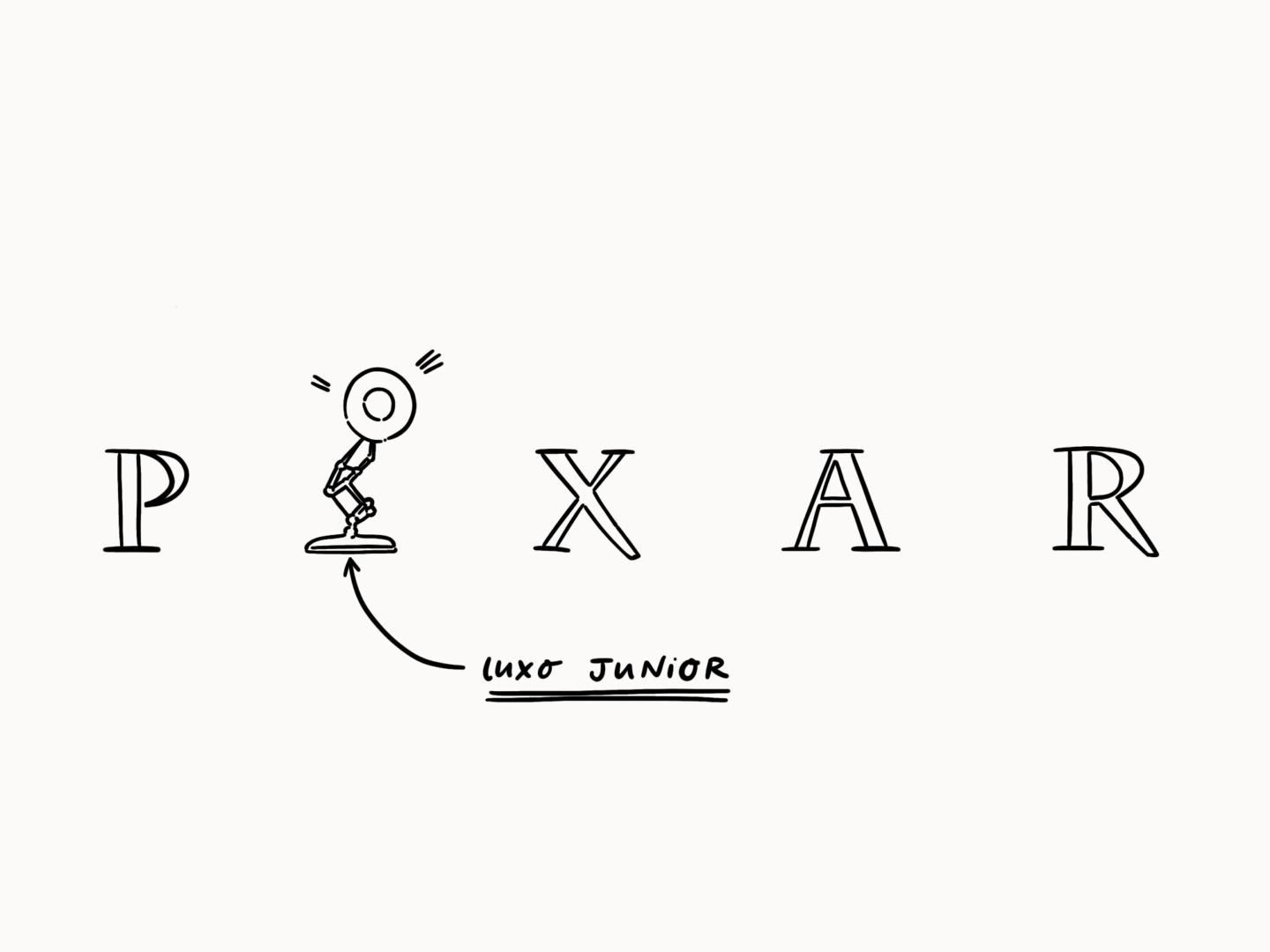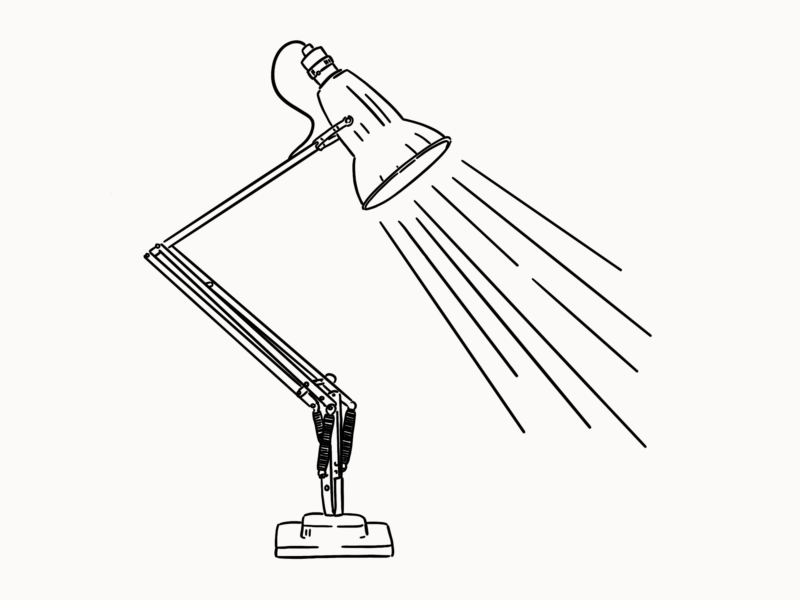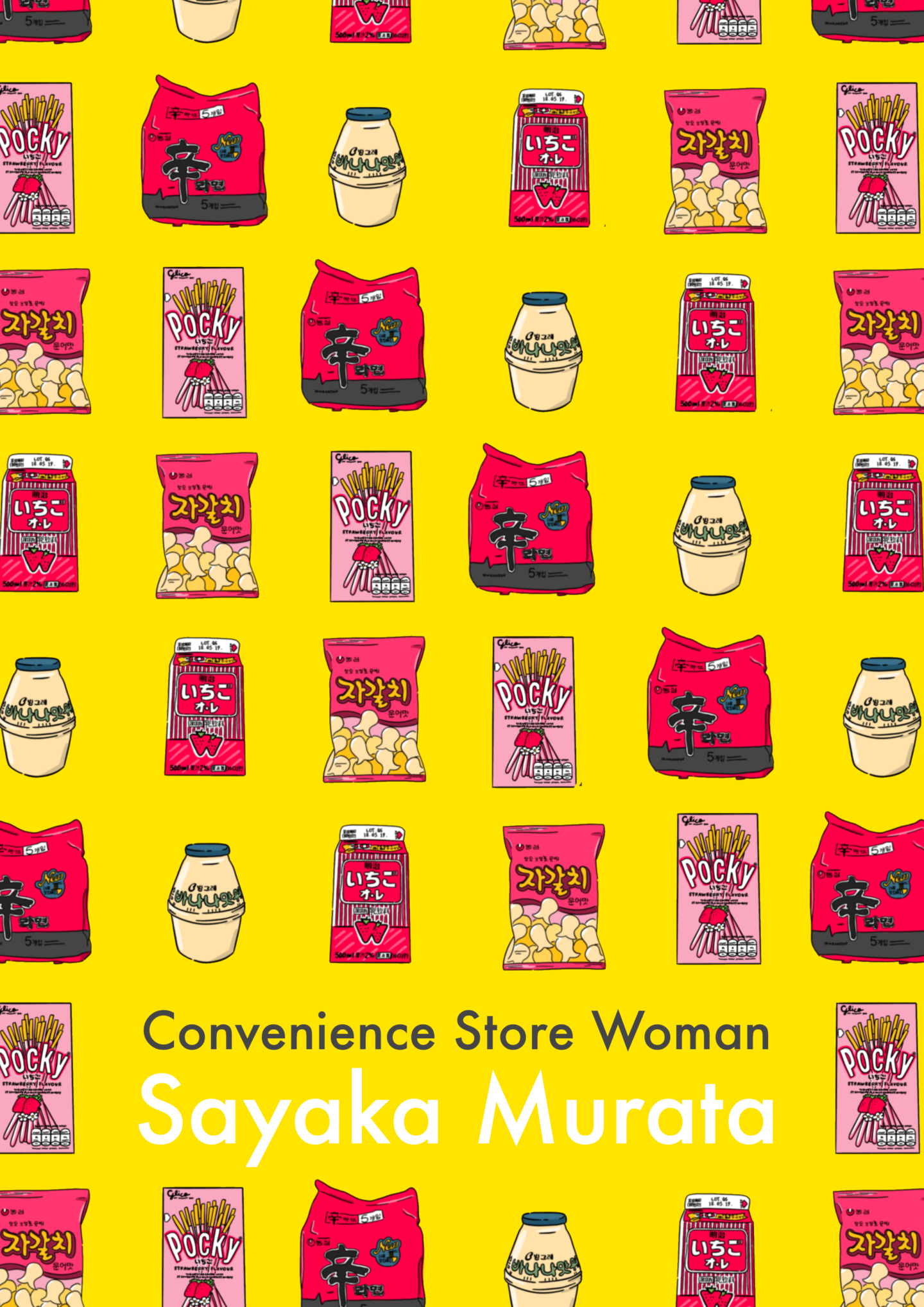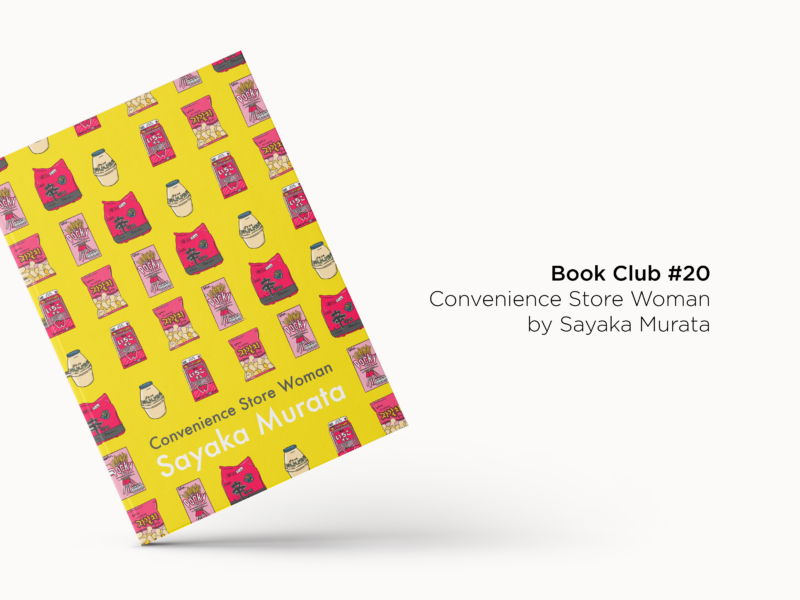September is potentially my favourite month of the year. It’s my birthday month. It’s back to school season. It’s just starting to be sweater weather. What’s not to like?
This September has also been filled with some great content, so here are my favourite picks.
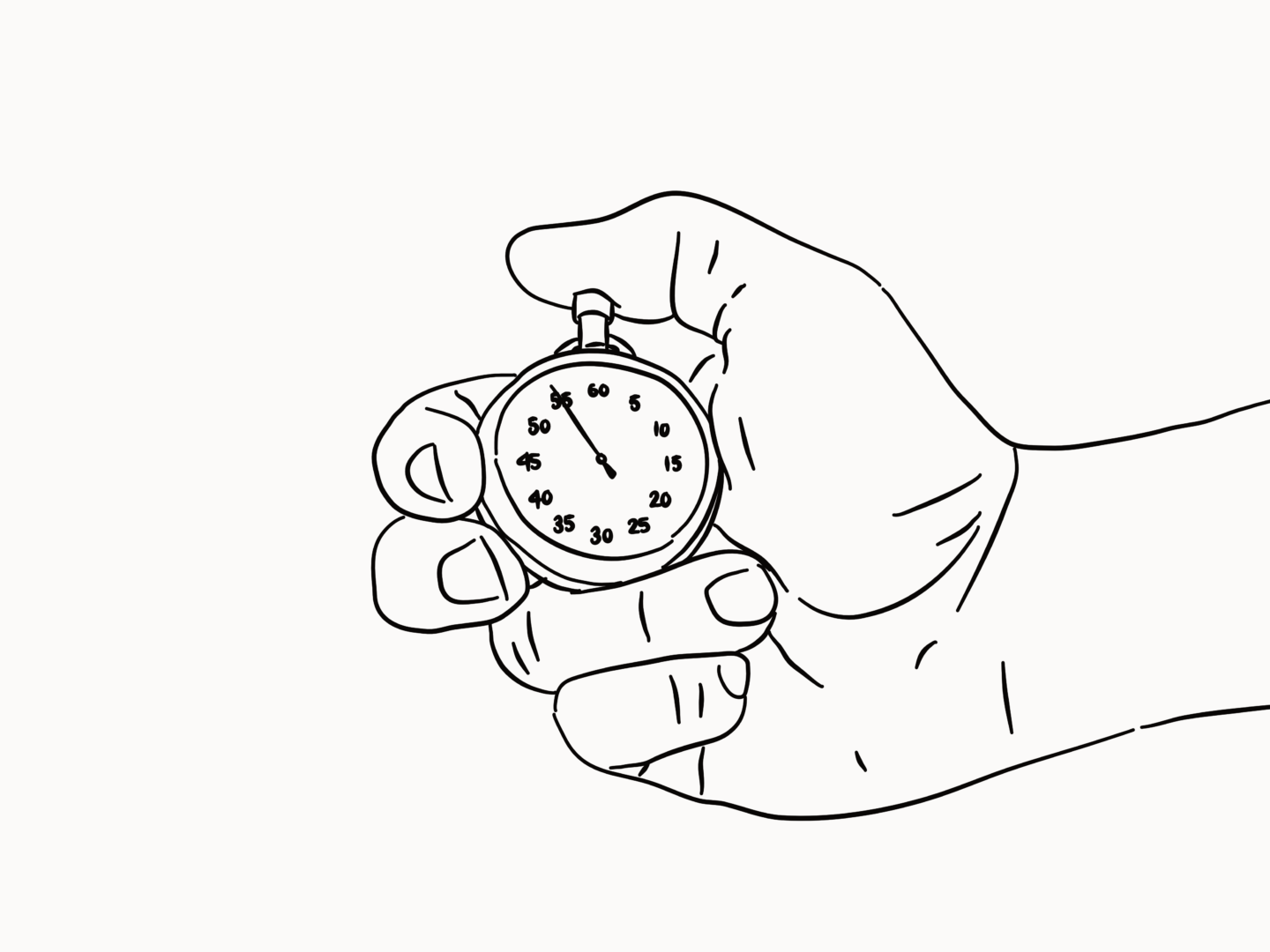
SHORT READS, IF YOU’VE ONLY GOT A FEW MINUTES:
I’m a huge Kaye Blegvad fan. I’m always wearing at least 4 things designed by her, honestly. So as you might imagine I absolutely loved getting to read about her book, Dog Years, which began life as a presentation, before being published as a visual essay on Buzzfeed, and is now in print, via her own hard work and a Kickstarter project, which raised fives times its initial goal, (NBD). Thanks It’s Nice That!
I have to admit something to you all today. I’ve never read a Moomin comic. But after reading this wonderful piece on its creator Tove Jansson and her desire for a quiet life in The Paris Review, I think I’m going to have to.
I’ve never been to Disneyland but that doesn’t mean I’m not more than a little bit interested in the magic it has created for so many people. This visual essay shows how Disney’s ambitious vision was brought to life by his team of “Imagineers”. The images include some wonderful initial sketches and the quotes are from Disney himself.
Is social media influencing book cover design?
You already know I’m a big fan of book cover design. But with ‘bookstagramming’ becoming a force in marketing, are designers making covers more colourful, bolder and cleaner, to stand out on our screens?
The lego minifigure just turned 40! Lego was my greatest joy (next to digging holes and reading) as a child and I’m so glad I still get to play with it as part of my job – seriously. This piece from Wired includes some wonderful images, and a video from Lego themselves, documenting the development of our favourite yellow characters.
“Picular is a new color search tool that lets you enter any search term and presents you with a slew of options, basing all of its color choices on what pops up first in Google image search. It’s a color-picker, courtesy of internet hive mind.”
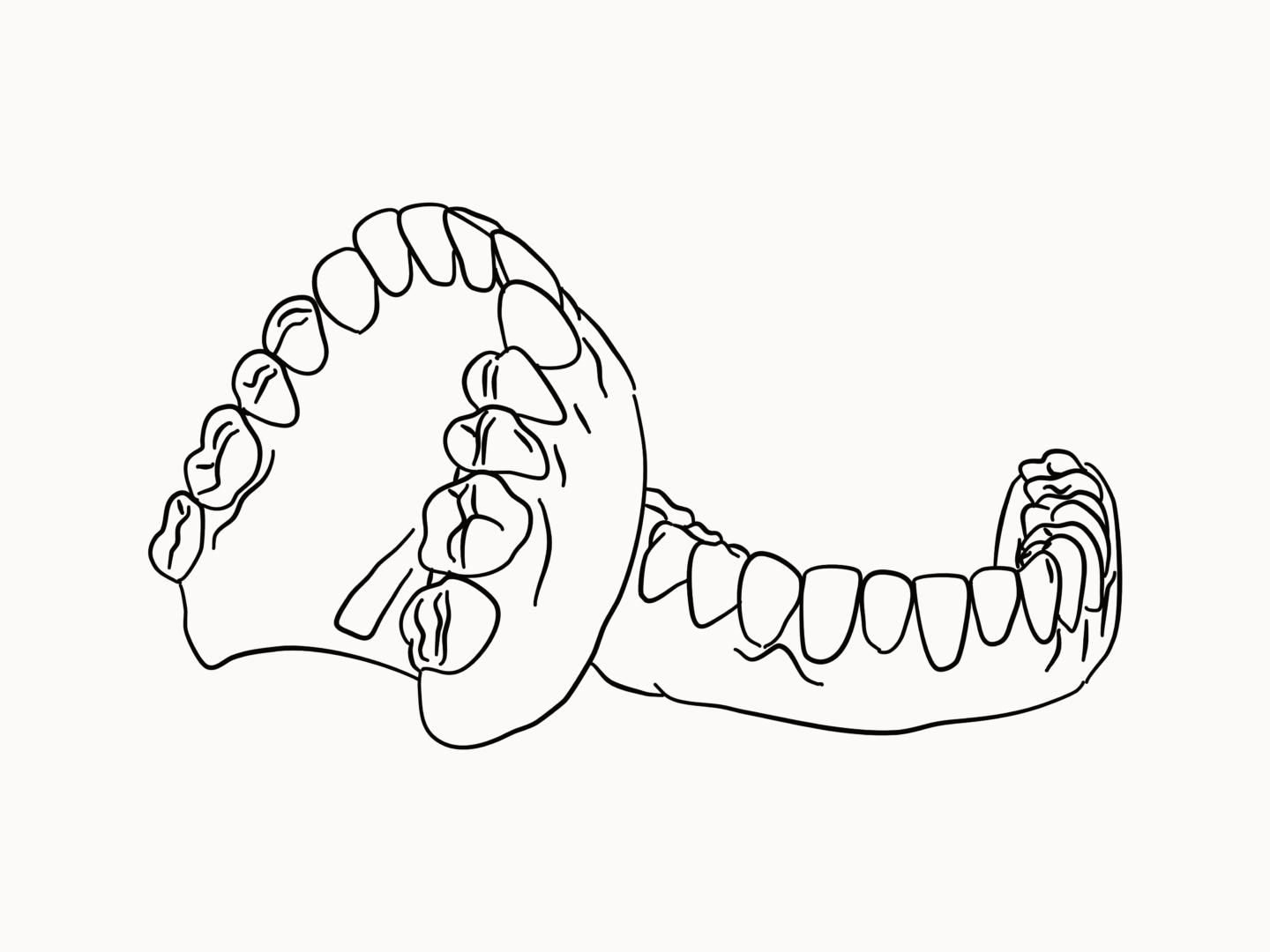
LONG READS, IF YOU WANT SOMETHING TO GET YOUR TEETH STUCK INTO:
I don’t read as much as I’d like to anymore. But I still love books (I studied literature at Uni!). I still love stories. I certainly still love thinking about how they come together. So this interview with digital bookmakers Plympton’s CEO, Jennifer 8. Lee, and her co-founder, Yael Goldstein Love about crowdsourcing creatives, whether they fear (or are causing) the death of print, and how they’re bringing classic literature to the brink of new technology, was right up my street. How do you think we will be reading in 10 years?
At work (day job work) I’m a bit of a broken record when it comes to putting accessibility at the heart of everything we design, test, and create. Kristina Tsvetanova’s Bitlab and their new form of braille is an incredibly exciting piece of design. It opens up the web, because “With this tool, the blind can surf the net, connect with friends and download books, like everyone else[.]”
If you’re feeling a little bit philosophical or just looking for some food for thought, this Medium article is the one for you. I’m in a bit of a “what do I want to do?” rut at the minute and this was a wonderful salve.
“Who are the painters’ painters, the sculptors’ sculptors? Five artists tell us about the works that adorn their personal spaces by Tim Adams. Interviews by and Killian Fox”
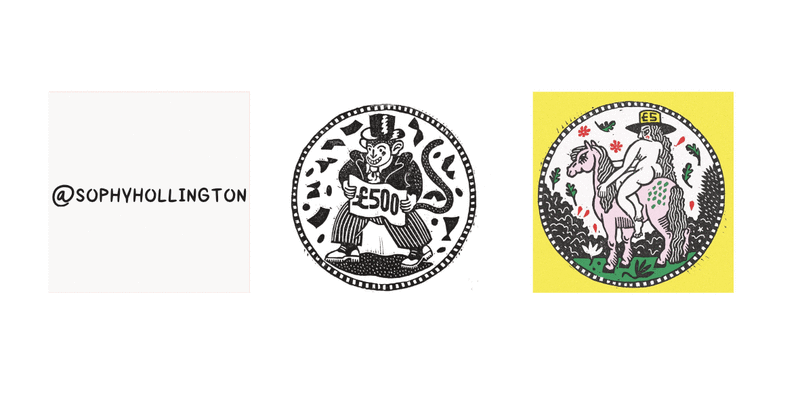
WHO TO FOLLOW, IF YOU WANT TO SPRUCE UP YOUR INSTAGRAM FEED:
Julia G.R’s ladies all have an awkward kind of sadness that I really identify with, which is probably why I’ve been really loving her watercolour illustrations recently. But I also love how she maintains her style whether she’s working in black and white, monochrome or using all the colours under the sun. Plus she’s another one of these clever people who create Instagram grids.
I started getting into tarot a few months ago, and my fascination with it has only grown and grown. Sophy Hollington’s Autonomic Tarot deck is absolutely stunning and very high on my wishlist – is it too late to buy myself a birthday present? I wanted to share her work as my Sunday social favourite because it’s just so distinctive and so different to a lot of what I’m seeing at the minute.
Natalie
